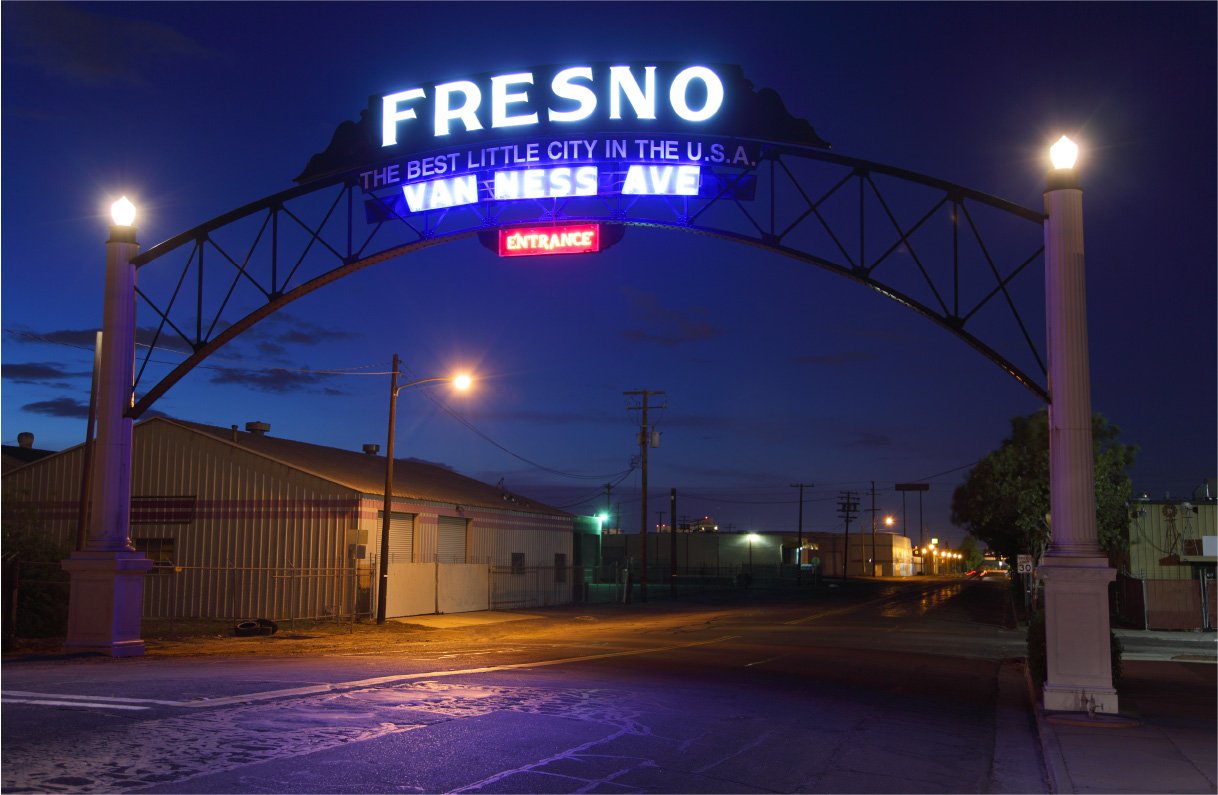
REGION
San Joaquin Valley
From agriculture and oil to prisons and real estate
The San Joaquin Valley (SJV) runs through the geographic center of California and is home to roughly 4.3 million people. 60 percent of the 8.4 million acres is farmland, with just 6 percent qualifying as urban centers. The area produces more than half of California’s agricultural output and contributes $160 billion in GDP.
The SJV’s economy has also been partially dependent on oil production, with Kern County at its southern end producing 68 percent of California’s oil. Land availability for farming and oil production, though, has decreased due to intense drought, suburban development, and environmental regulations. The passage of the Sustainable Groundwater Management Act is projected to reduce the amount of land used for farming and oil by at least 10 percent.
Recent economic development has been driven by private and public real estate development of cheap land. Prison development is of particular importance to the regional economy. The region is home to a total of 13 correctional facilities out of 35 in California and to 11 of the 22 prisons built in California since 1987, but it has only one (UC Merced) of the ten University of California campuses and only three (CSU Bakersfield, Fresno, and Stanislaus) of the 23 California State Universities.
At least two California prisons, however, are closing as part of a broader budget directive to save the state $400 million per year. One of these (Deuel Vocational Facility) is in San Joaquin County. The other is in Lassen County in the northeastern part of California. The closures will undoubtedly impact the local economies. For example, the facility in Susanville in Lassen County employed 45 percent of the town’s workforce with an average pay of $87,500 before it closed in 2021.
Likewise, Lassen Community College’s 1,500 students included 200 inmates during any given year; dairy farmers sold large quantities of milk and other goods to the prisons; and local laborers and contractors worked projects at the prison.
The impending declines of agriculture, oil, and prisons place the San Joaquin Valley in a precarious position. Every county in the region outpaces the state’s poverty rate, with five counties exceeding 20 percent of residents living in poverty. High school and college graduation rates are lower than California’s rate in all counties. These metrics demonstrate the difficulty of reinventing the SJV’s economy with jobs of the future.
Furthermore, the SJV is faced with a phenomenon experienced by the Inland Empire a decade or so ago: Warehousing organizations capitalizing on the combination of land availability, proximity to major trucking routes, and cheap labor to move into the area. If the Inland Empire’s trajectory is any indication, such expansion may not lead to substantial growth in mid- and high-paying jobs. The SJV’s residents therefore could experience an increase in job availability in low-wage sectors while having fewer opportunities to advance into high-quality careers.
Data Dashboard
Total
population
4,266,253
-
The total population of each region for the year 2019.
Available from US Census Bureau
Unemployment
rate
11.8%
-
Population weighted averages of unemployment rate at the region level for the year 2020.
Source: US Bureau of Labor Statistics
Average
wage
$47,157
-
Weighted average of wages from 2020. It takes this weighted average of average total wages across industries and counties within the region.
Source: US Bureau of Labor Statistics
Percentage of college grads
17.55%
-
The percentages of the population who are 25 years old and older and graduated college as a five-year average from 2015-2019.
Source: US Bureau of Labor Statistics
Top 3 industries by employment
Trade, transportation, and utilities
Natural resources and mining
Education and health services
-
The top three industries with highest employment share, industry defined by QCEW Industry Codes.
Source: US Bureau of Labor Statistics




